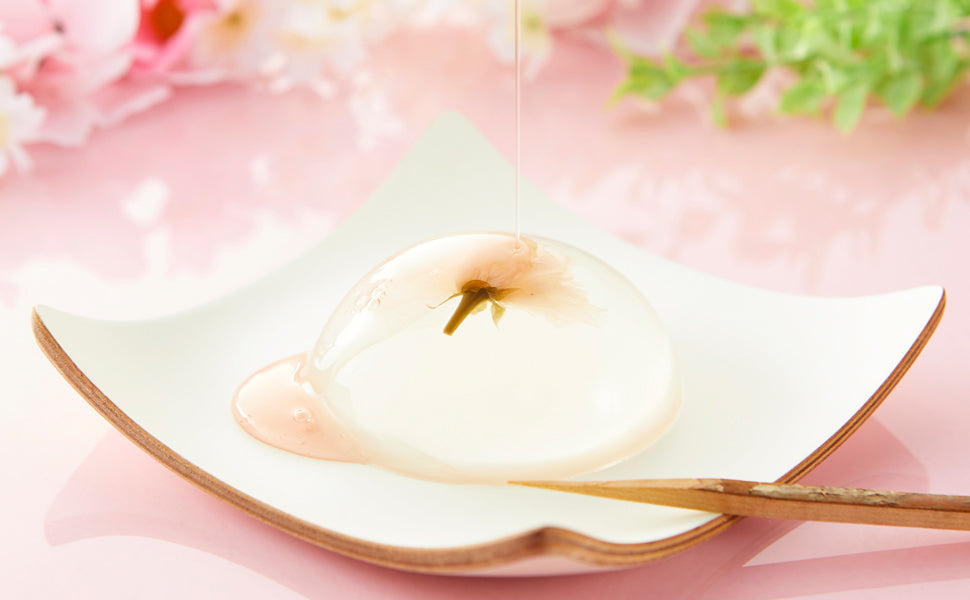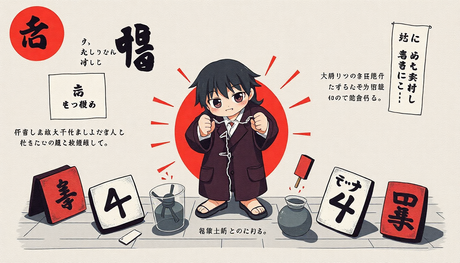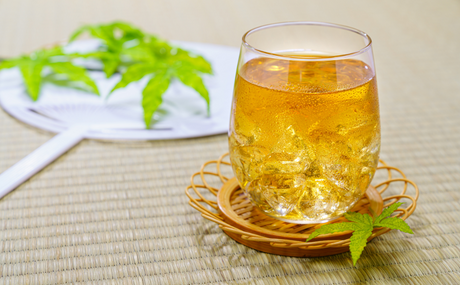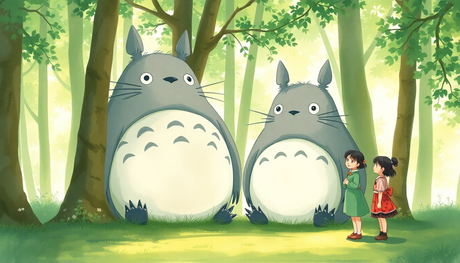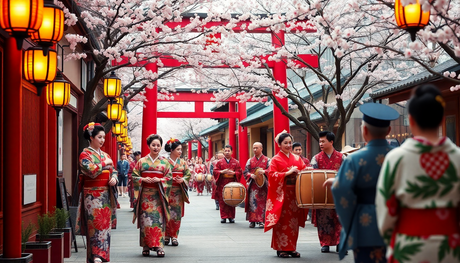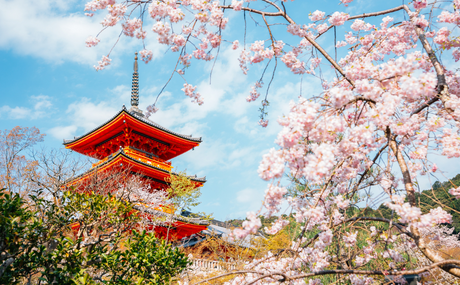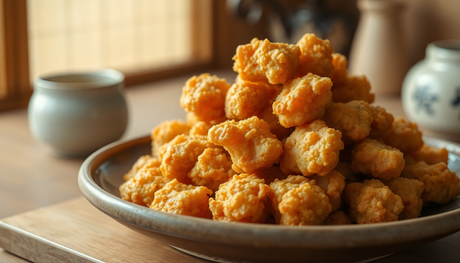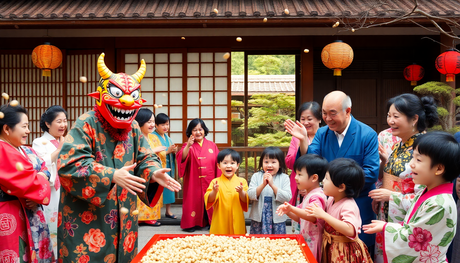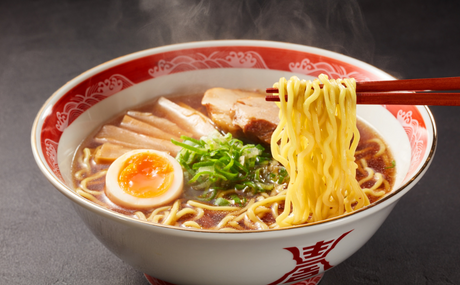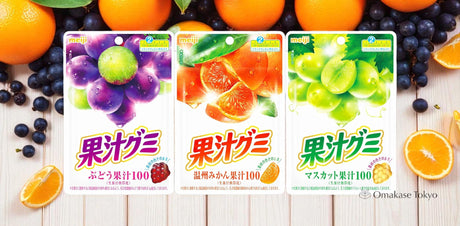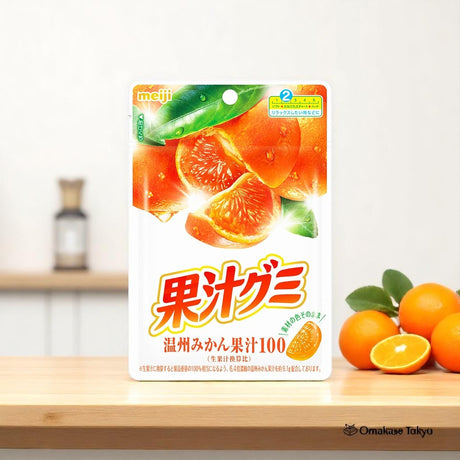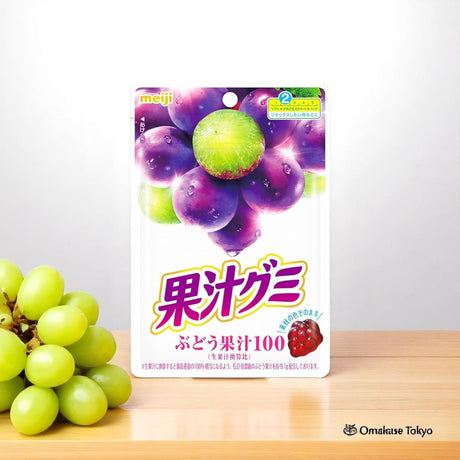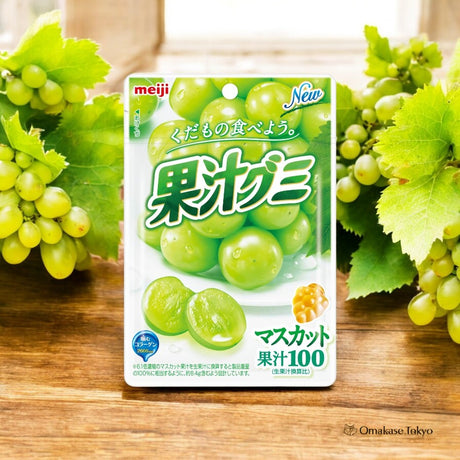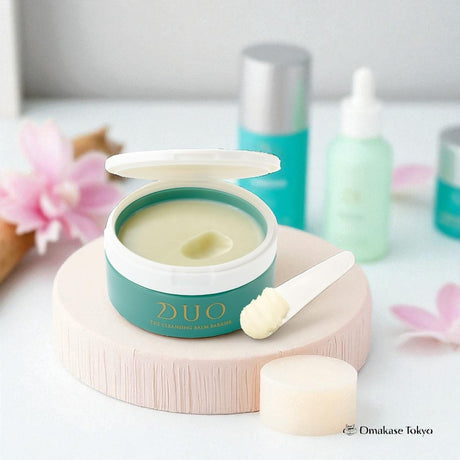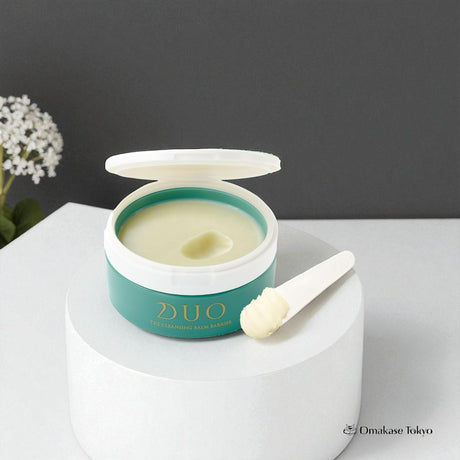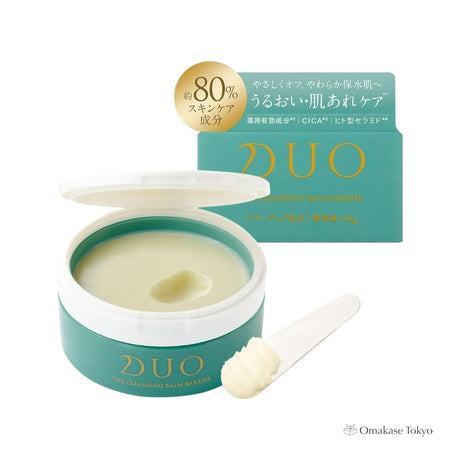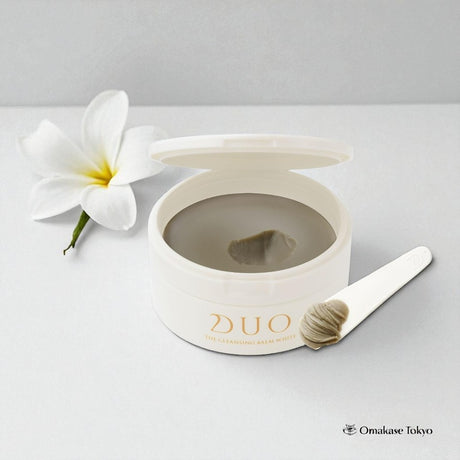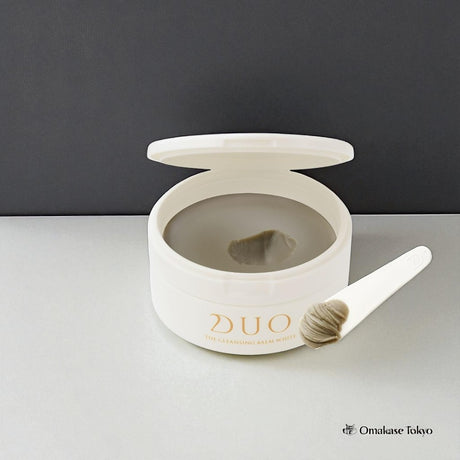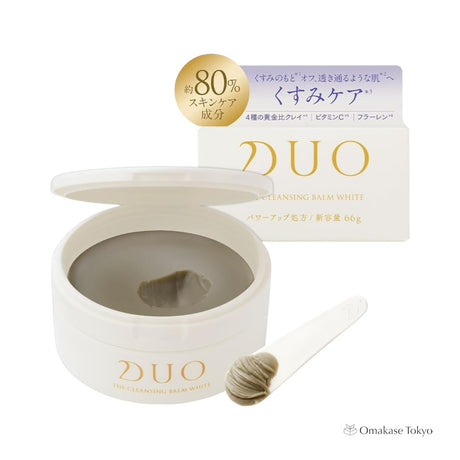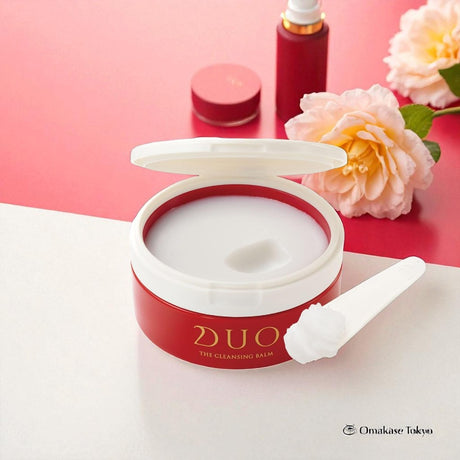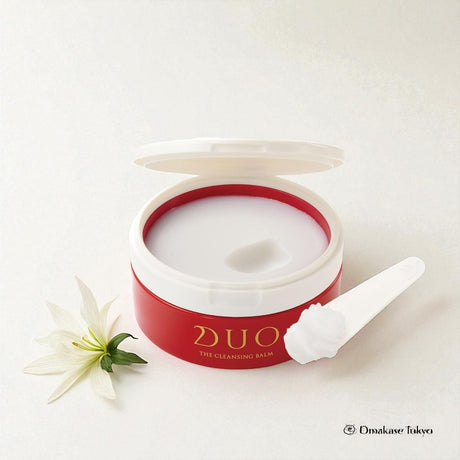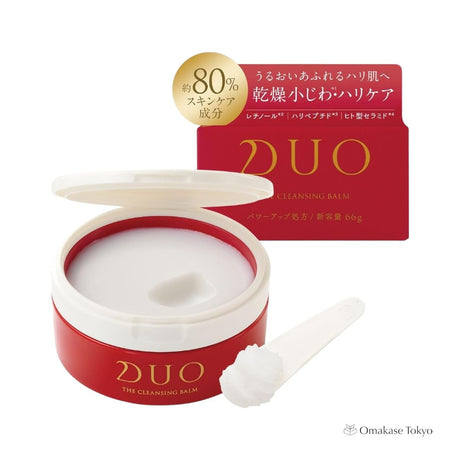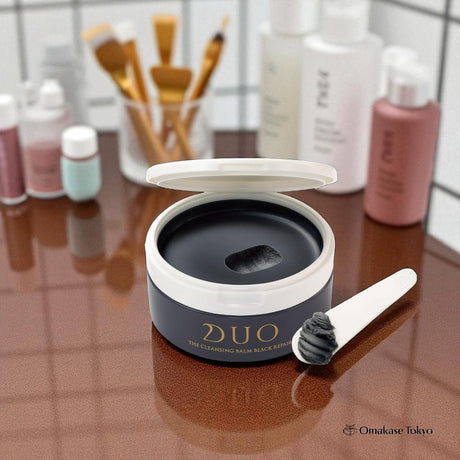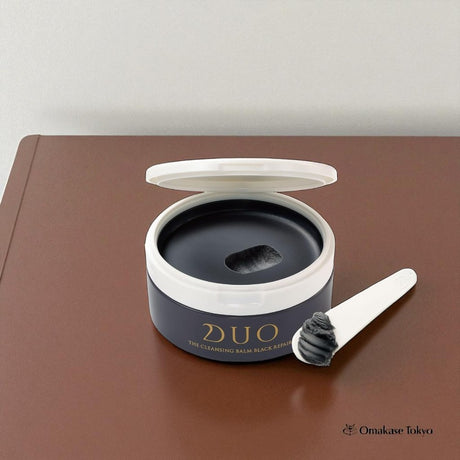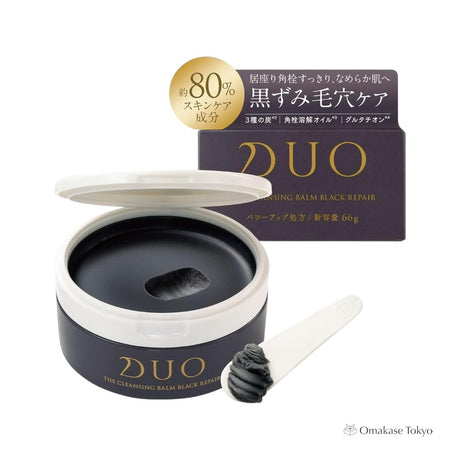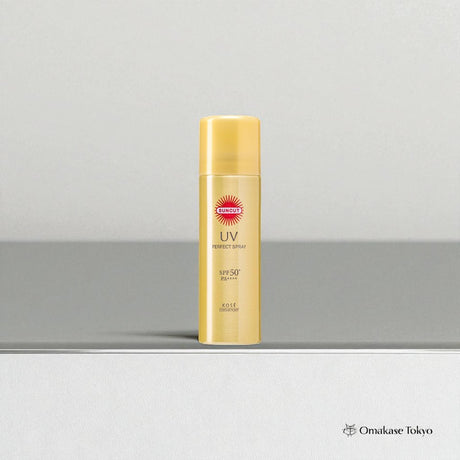Warabi mochi, a traditional Japanese sweet treat, has a rich cultural heritage and a cherished place in Japan's culinary landscape. Known for its unique texture and delicate flavor, warabi mochi is a type of dessert made from bracken starch (warabiko) mixed with sugar and water. The mixture is then steamed until it achieves a soft, chewy consistency similar to gelatin.
Here's an in-depth look at the culture surrounding warabi mochi, including its origins, variations, and how it is enjoyed today.
Origins and History
Warabi mochi has a long history in Japan, dating back to the Heian period (794–1185). It was originally made from the powdered starch of the bracken plant, a wild fern that grows throughout Japan. Traditionally, the starch was mixed with water and sugar, then steamed to form a soft, chewy confection. Over the years, warabi mochi has evolved into a beloved dessert, enjoyed across generations.
Variations
While the classic warabi mochi is typically coated in kinako (roasted soybean flour) and served with a drizzle of kuromitsu (black sugar syrup), there are numerous variations available today:
-
Matcha Warabi Mochi: This version incorporates matcha (green tea) powder into the dough, giving the dessert a subtle earthy flavor and vibrant green color.
-
Sakura Warabi Mochi: Infused with cherry blossom essence or syrup, this variety offers a delightful floral flavor and a delicate pink hue.
-
Fruity Warabi Mochi: Some modern variations include fruit-flavored warabi mochi, incorporating fruit extracts or fruit-flavored syrups into the dough.
-
Jelly-Filled Warabi Mochi: This variation features warabi mochi with a filling of fruit jelly or other sweet fillings, creating a surprise of flavor with every bite.
How Warabi Mochi is Enjoyed
Warabi mochi is typically served cold, making it a popular treat during the hot summer months. Its soft, slippery texture and mild sweetness make it a refreshing and soothing dessert. In traditional Japanese tea houses, warabi mochi is often served with a cup of green tea to balance the sweetness.
The dessert can also be enjoyed at festivals and street markets, where vendors sell freshly made warabi mochi. Additionally, warabi mochi is often given as a gift during special occasions, such as birthdays, weddings, and seasonal celebrations.
Making Warabi Mochi at Home
Making warabi mochi at home is a rewarding experience for those who enjoy cooking and want to try their hand at traditional Japanese desserts. While bracken starch can be difficult to find outside of Japan, there are other starches available, such as tapioca or potato starch, that can be used as a substitute. The process involves mixing the starch, water, and sugar, then steaming the mixture until it thickens and achieves the desired texture.
Conclusion
Warabi mochi is a delightful and versatile treat that embodies the delicate flavors and textures that Japanese cuisine is known for. Its cultural significance and widespread appeal make it a beloved part of Japan's culinary heritage. Whether enjoyed in its classic form or with modern twists, warabi mochi continues to be a cherished dessert for people of all ages.

